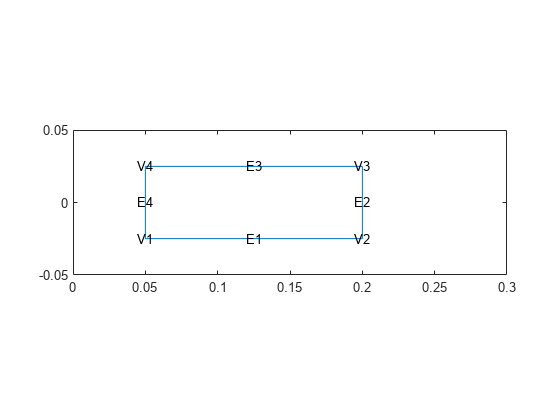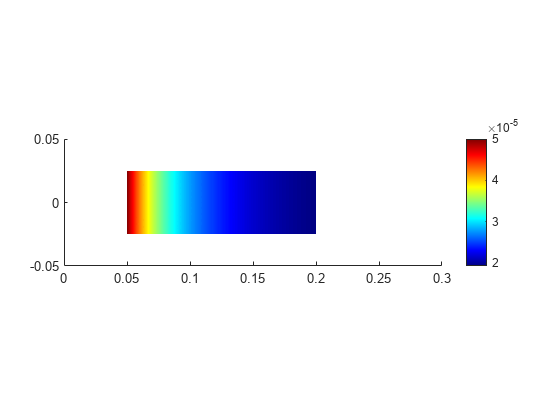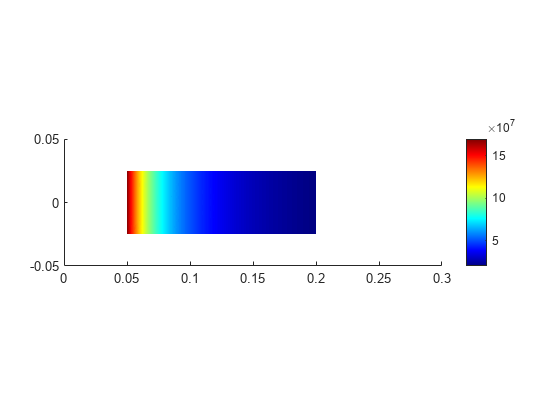structuralBodyLoad
指定结构模型的车身载荷
语法
描述
structuralBodyLoad (指定因重力引起的加速度作为静态或瞬态结构模型的身体载荷。用于模态分析的结构模型不能有体载荷。structuralmodel“GravitationalAcceleration”,GAval)
structuralBodyLoad (指定用于为轴对称结构模型模拟离心载荷的角速度。structuralmodel“AngularVelocity”,ω)
structuralBodyLoad (指定静态结构分析模型上的热负荷。structuralmodel“温度”,Tval)
提示
如果Tval是温度本身,而不是温度的变化,你必须指定一个参考温度使用structuralmodel。ReferenceTemperature.否则,工具箱将使用默认值(零)作为参考温度。详细信息请参见StructuralModel.
structuralBodyLoad (采用稳态或瞬态热分析结果structuralmodel“温度”,Tresults)Tresults指定静态结构分析模型上的热负荷。如果Tresults是瞬态热问题的解,则此语法使用上一个时间步骤的温度及其梯度。
structuralBodyLoad (采用瞬态热分析结果structuralmodel“温度”,Tresults“步伐”,它)Tresults还有时间步长指数它指定静态结构分析模型上的热负荷。
structuralBodyLoad (为相同的结构模型指定多个主体负载。使用适用于您的structuralmodel,___)structuralmodel.例如,指定重力和热负载为structuralBodyLoad (structuralmodel“GravitationalAcceleration”,[0,0,-9.8],“温度”,300年).分配多个主体负载时不要使用后续函数调用,因为工具箱只使用最后一个赋值。
structuralBodyLoad (___“标签”,控件所使用的结构体载荷的标签labeltext)linearizeInput函数。此函数允许将主体负载传递给线性化功能,提取稀疏线性模型与控制系统工具箱™使用。
bodyLoad= structuralBodyLoad (___)











